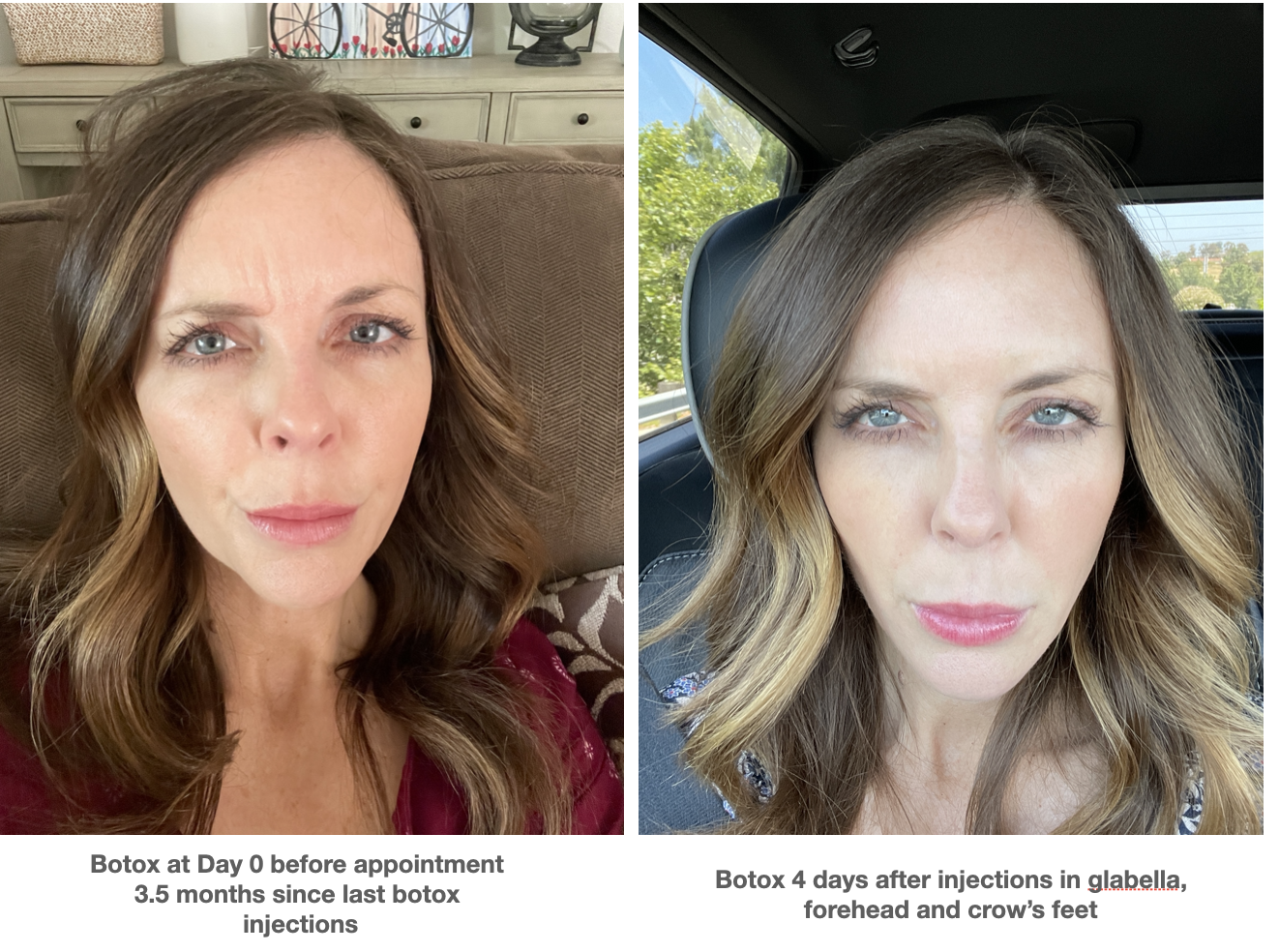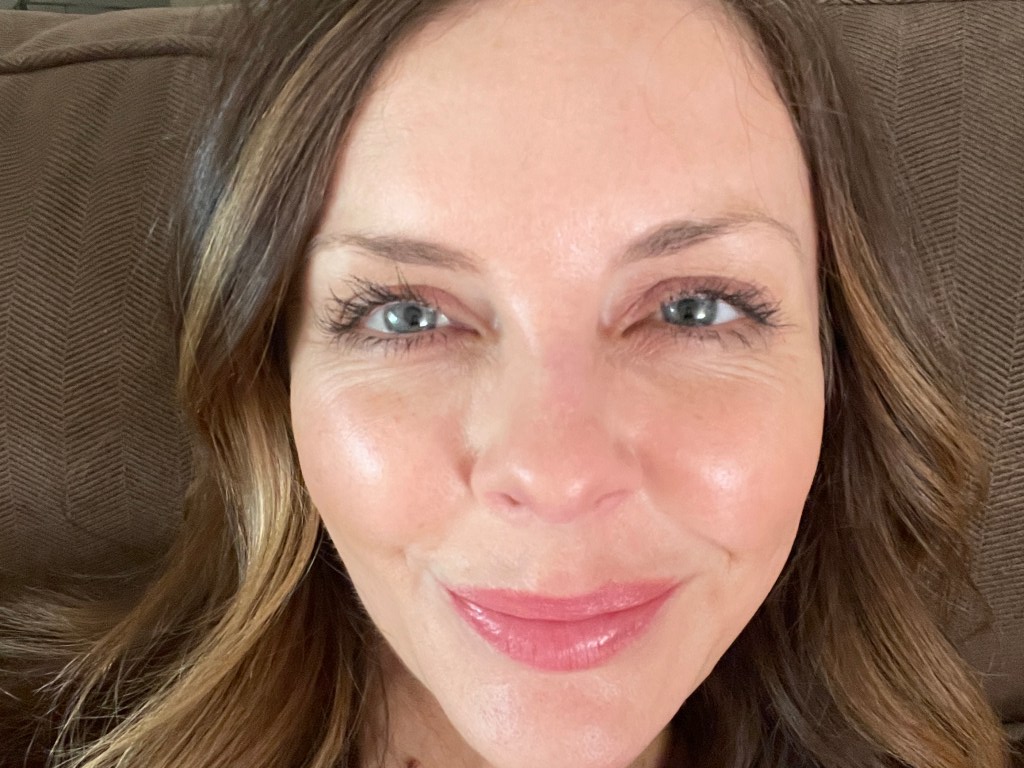Copper peptides and retinol are both popular skincare products known for their potential anti-aging effects. Both products can be game changers in the skincare routine, especially for those of us looking to reduce the visible signs of aging. If seeking the best results, it’s important to know if these products can be used together and if so, how. Let’s dive into a bit about each product and how to best use synergistically.
Different Mechanisms of Action
- Copper Peptides: Copper peptides are compounds that contain copper ions and small protein fragments called peptides. They help stimulate collagen production, promote wound healing, and have powerful antioxidant properties. Copper peptides can also assist in skin regeneration and repair.
- Retinol: Retinol is a derivative of vitamin A and works by binding to retinoid receptors in the skin. It promotes skin cell turnover, boosts the production of collagen, and improves skin texture. Retinol also helps reduce the signs of aging including fine lines and wrinkles and can enhance skin’s overall radiance.
Similar Benefits but Different
- Copper Peptides: Copper peptides are known for their ability to enhance skin healing and repair processes. They have anti-inflammatory properties while improving skin elasticity, and promoting the synthesis of collagen and elastin, two building blocks for youthful-looking skin. Copper peptides may also offer antioxidant protection, guarding the skin from free radical damage and oxidative stress.
- Retinol: Retinol is extensively backed by research for its anti-aging benefits. It can minimize the appearance of fine lines, wrinkles, and hyperpigmentation. Retinol also improves overall skin tone and texture, unclogs pores, and can be effective in treating acne. Additionally, it stimulates the production of hyaluronic acid, which helps the skin retain moisture and maintain a plump, youthful appearance.
Side Effects and Tips for Applying
- Copper Peptides: Copper peptides are generally considered safe for most people, but some individuals may experience mild irritation or allergic reactions. It’s important to patch test any product containing copper peptides before applying it to your entire face.
- Retinol: Retinol can cause skin irritation, redness, dryness, and flaking, especially during the initial stages of use. It can also increase sensitivity to the sun, so it’s crucial to use sunscreen during the day. Individuals with sensitive skin may need to start with a lower concentration and small amount to build up tolerance. Avoiding the eye area is also recommended as this skin is thinner and more easily irritated.

Who Are These Right For
- Copper Peptides: Copper peptides are generally well-tolerated by most skin types, including sensitive skin. They can be used by individuals with dry, oily, or combination skin. Copper peptides are often found in serums, creams, masks and even pillowcases! I personally use the Biossance Squalene and Copper Peptide Rapid Plumping Serum in my AM routine or on days I am taking a break from my prescription retinoid.
- Retinol: Retinol is suitable for most skin types, but individuals with dry or sensitive skin may need to be cautious and use a lower concentration or a milder form of retinol. It is commonly found in serums, creams, and oils. There are some fantastic options of lower concentration retinols available over the counter. I highly recommend Cerave Retinol and use this on my neck and chest as it is very gentle yet effective. For my face, I use a prescription tretinoin that I have gradually worked up to using.

Can I Use Copper Peptides with Retinol?
The answer is probably. These products can absolutely work synergistically in your anti-aging routine, but you’ll likely want to alternate the time and days of use to avoid skin irritation. Ideally, applying copper peptide serums during your morning routine is optimal as these skin-care products present less risk of sun sensitivity. Applying retinol during your nightly routine will lessen risk of heightened sun sensitivity and irritation. Both products can present irritation challenges for sensitive skin types, therefore it’s best to add these products into your routine gradually and monitor your skin’s tolerance.
Both of these products positively affect the issue of collagen breakdown, which is something that rapidly increases as we age. By stimulating collagen synthesis, overall skin health and appearance improves.
My Routine with Copper Peptides and Retinol
First and foremost, a reminder that effective skincare is a long game and results aren’t seen overnight. Thanks to a consistent routine using research-backed products, I can honestly say I have better skin in my 40’s than in my mid to late 30’s. I strive to get the best out of both products so here is my daily routine balancing the two:
AM Routine:
Apply Biossance Squalene and Copper Peptide Rapid Plumping Serum to the face, next and chest after shower and before moisturizer and sunscreen.
PM Routine:
Apply prescription retinol to face. Apply over the counter Cerave Skin Renewing Retinol Serum to neck and chest. These areas do not tolerate the prescription retinol well.
*Any nights I am taking a break from retinol, I’ll use the Copper Peptide serum as well if my skin is not irritated. If irritated, I use only moisturizer and give it a rest.






















































